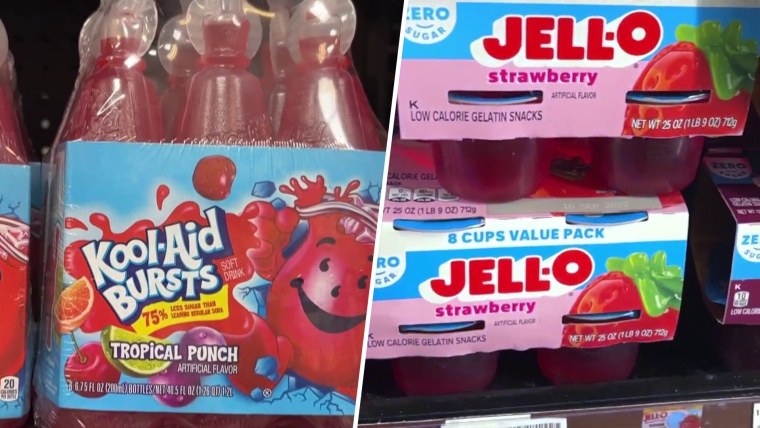The Atkinson Candy Co. prides itself on the distinctive taste of its Chick-O-Stick, a sweet, salty confection made from peanut butter and toasted coconut, with a crunchy outer shell.
The first thing you notice about the Chick-O-Stick, though, is the color — a reddish orange that took years of trial and error to replicate when the company switched to natural food dyes.
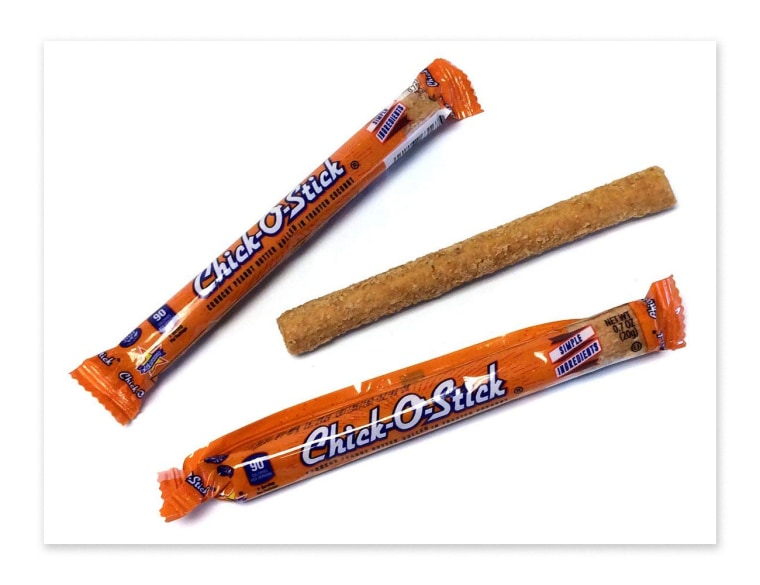
“The hue was not holding,” said Eric Atkinson, the CEO and grandson of the company’s founder. “That’s one of the many, many difficulties that you run into with natural colors.”
The Texas confectioner ultimately settled on annatto, a natural coloring that wouldn’t fade. But more than a decade after starting the transition, it is still struggling to replicate the bright green of its Christmas mint twists.
“They simply cannot find a natural green that hits the hue,” Atkinson said.
Food manufacturers across the U.S., big and small, are now facing similar hurdles as they seek to phase out synthetic food dyes. Kraft Heinz, Nestle, General Mills and major ice cream makers have all recently vowed to shift to natural coloring amid the Trump administration’s push to eliminate artificial dyes from the country’s food supply, as well as a broader movement by states to ban them because of safety concerns.
The transition presents challenges for food companies in developing reliable, cost-effective natural dyes, which are generally more expensive and difficult to make, requiring higher concentrations to achieve the same hue. The shift has also raised questions about the long-term impact of natural dyes on consumers’ health.
Artificial food dyes are among the many products derived from petroleum, typically listed on food labels by their numbers — Red No. 40 or Yellow No. 5. Created nearly a century ago, they have been heavily studied for decades. While some of these studies have linked the dyes to behavioral problems in children, the Food and Drug Administration, which approves food additives, disputed those findings in 2019 and has long maintained that synthetic dyes are safe.
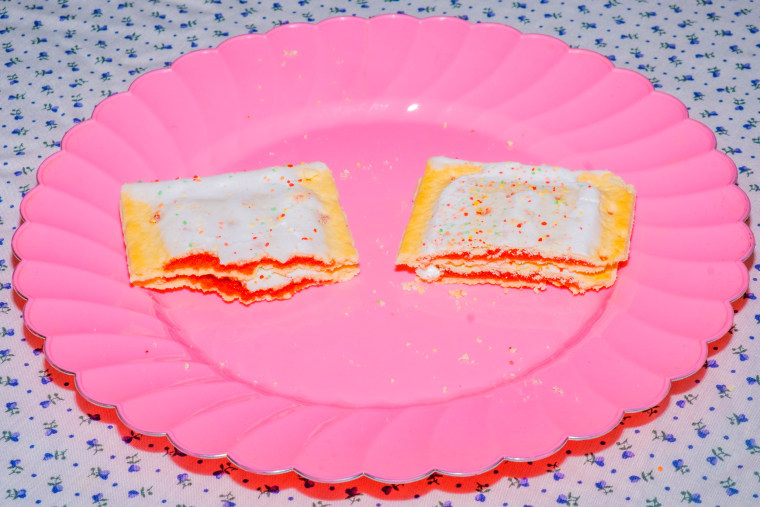
Natural dyes, which are derived from plants, produce, spices and minerals, have not been scrutinized as closely by researchers for their health impact or the potential for contamination, experts say. They are also not subject to the same stringent testing requirements as synthetic dyes. That has raised concerns among some food experts and consumer advocates about the unintended consequences of this shift — and whether it will actually make food safer and healthier.
“The important thing to remember with all colors, whether natural or synthetic, is that they are nothing more than marketing tools for food companies, to make foods look a certain way,” said Thomas Galligan, a toxicologist who works for the Center for Science in the Public Interest, an advocacy group. “At the end of the day, they aren’t strictly necessary. And so it’s important to weigh the risk against the benefit.”
Eric Atkinson says he never thought synthetic dyes were unsafe. But when he read the ingredient lists for his company’s candies, which his family has been making since the Great Depression, they always struck him as out of place.
About 12 years ago, the company finally decided to make the leap. “We were so close to being all natural or all simple ingredients that we just went ahead and went there,” he said.
He knew how critical it was to get the color right for the Chick-O-Stick, the company’s most recognizable product. All the packaging for the candy mimics the color of the product, which Atkinson describes as “amber.”
“They say in the industry that taste is king, but color is queen,” he said. “The queen is very important.”
Working with food scientists for dye manufacturers, the company’s quality control team started testing mixtures of natural dyes to replicate the Chick-O-Stick’s signature hue. After years of testing, they came up with a combination of dyes derived from turmeric and vegetable juice — first trying beets before settling on radishes. But they later discovered that the color faded under LED light. This year, they switched again to annatto, a popular natural colorant made from the seeds of the achiote tree.
Another surprise was the funky smell that came from some of the natural colors. Atkinson recalls one particularly pungent dye made from red cabbages that smelled like rotting garbage, though the odor quickly dissipated when the candy reached the cooking step, where it’s heated to over 300 degrees.
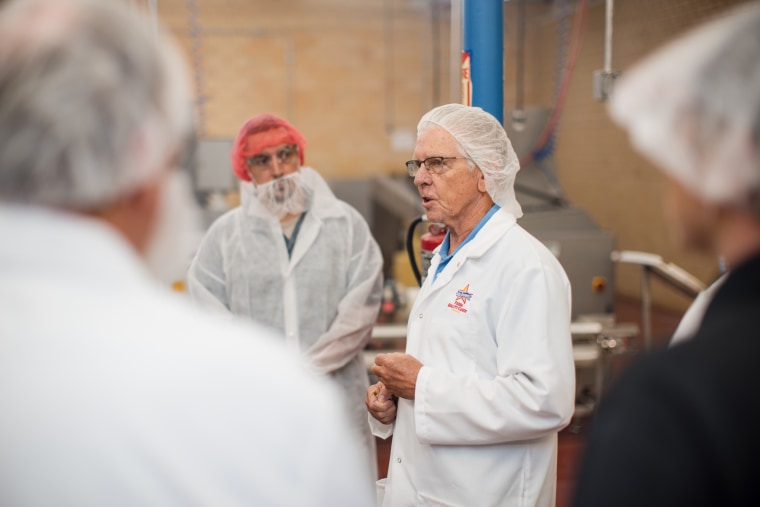
That wasn’t the end of the challenges. Unlike synthetic dyes, which are easily produced in U.S. labs, the ingredients that form natural dyes are frequently imported. That introduces a host of complexities, including logistics, costs and product safety issues.
In March 2021, a container ship got stuck in the Suez Canal, making headlines worldwide. It also created a new headache for Atkinson: The ship was carrying the radishes used to create the Chick-O-Stick color at the time, sending the company scrambling for alternatives.
Even without such obstacles, it can be tough to find enough raw materials for natural dyes. It takes a considerable amount of seasonally grown produce — whether it’s radishes, red cabbages, blueberries or golden beets — to make dyes from fruits and vegetables. Carmine, a vibrant red colorant, is made from cactus-dwelling insects in Central and South America; 70,000 of those insects are required to create just over 2 pounds of dye.
Sourcing challenges often mean higher prices: One major dye manufacturer recently estimated that natural dyes cost about 10 times as much as the synthetic versions.
And then it can be a matter of convincing consumers. Though the color and appearance of the Chick-O-Stick had remained the same, not everyone was happy about the new formulation of a classic candy.
“We had a lot of pushback when we went to the natural colors,” said Atkinson. “Most of the feedback that we got was, ‘Quit changing our Chick-O-Stick.’”
Still, sales stayed steady, Atkinson said.
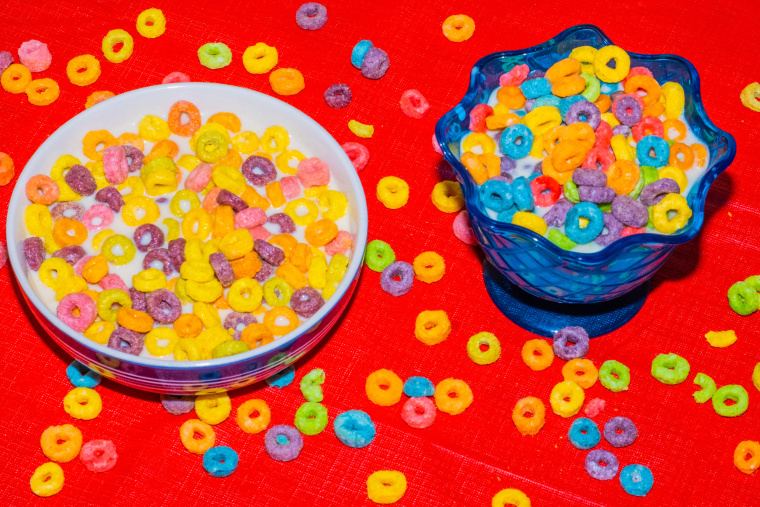
Some companies have backtracked after rolling out dramatic changes to their products’ colors. In 2017, General Mills reintroduced its Trix cereal with vibrant synthetic colors after customers revolted against a more muted version with natural dyes.
But since then, there has been a growing, bipartisan movement — first among states and now in Washington — to push synthetic dyes out of the U.S. food system. California, Texas and West Virginia are among the states that have passed laws targeting synthetic food dyes.
Health Secretary Robert F. Kennedy Jr. has long called for artificial food dyes to be banned altogether. “They get brighter colors in Froot Loops, but it’s literally poisoning our kids,” he said last year on Fox News. WK Kellogg Co., which makes Froot Loops, has previously said that its cereals have been deemed safe, but announced this week that it would be phasing out artificial colors from all of its retail foods by the end of 2027.
Unlike Kennedy’s anti-vaccine stance, his critical view of synthetic dyes is more broadly shared by groups across the ideological spectrum, though many food researchers and health experts dispute the idea that artificial dyes have proved to be dangerous. In March, Kennedy launched a campaign urging food companies to phase out artificial dyes — but the federal government has not mandated it. In recent weeks, the FDA approved natural food dyes derived from red algae, butterfly pea flowers, calcium phosphate and the fruit of gardenia plants.

“Petroleum-based food dyes offer no nutritional value and pose avoidable health risks — especially to children,” the Department of Health and Human Services, which oversees the FDA, said in a statement this week. “While some claim these dyes have been ‘studied for decades,’ the science is equally clear: those very studies have shown concerning links to behavioral issues and other adverse effects.”
Even before President Donald Trump took office, the FDA announced in January that it was banning Red No. 3 in response to a petition submitted by the Center for Science in the Public Interest, which cited research linking the substance to cancer in rats. Though the FDA denied that consumers were at risk, it pulled the dye under a federal law prohibiting food additives found to be carcinogenic in animals or humans.
As more companies make the shift — and demand for natural dyes increases — food experts say that it will be important to monitor their quality and safety. Heavy metal contamination, for example, has become a growing food safety concern since lead-contaminated applesauce pouches were recalled in 2023.
“You’re going to see more companies coming out of the woodwork, trying to sell these things,” said Dave Schoneker, a food consultant and former president of the International Association of Color Manufacturers, which represents companies that make both natural and artificial food dyes. “Are they going to be taking shortcuts that could allow for a less safe material? A chemical is a chemical, and the toxicity of that chemical doesn’t have anything to do with whether it’s synthetic or it’s naturally derived.”
The FDA has strict testing requirements for synthetic food dyes, requiring that every batch be tested and certified for quality and safety, including on the presence of heavy metals like lead, arsenic and mercury. But there are no testing requirements for natural dyes after they are approved for use by the FDA.
Susan Mayne, who served as director of food safety and nutrition at the FDA from 2015 to 2023, said natural dyes are not necessarily safer than synthetic ones.
“It’s flat-out wrong to make the assumption that if it’s coming from nature, that it’s safer than something that’s synthetic in a lab,” said Mayne. “What the administration is trying to do is to scare consumers about synthetic chemicals.”
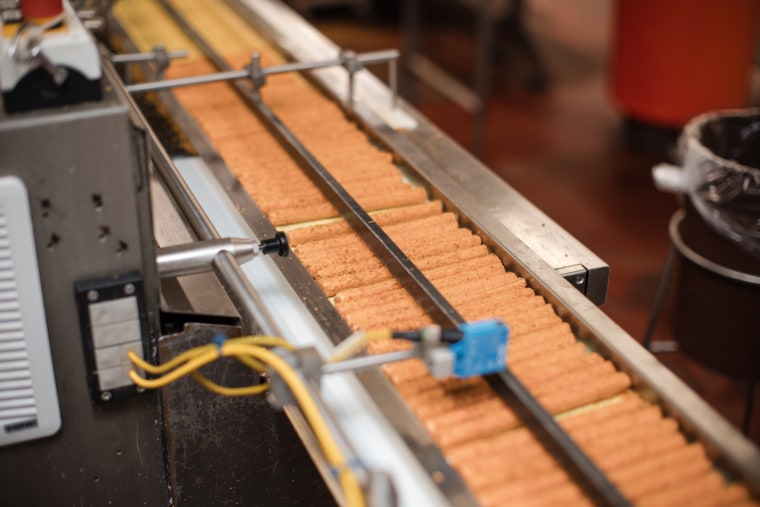
Atkinson says he trusts the safety and quality of the dyes that his company purchases from a range of suppliers.
“At the end of the day, we know we’re making food, somebody’s gonna eat it,” he said, “and so we want them to be happy about that experience, not questioning it.”
The company has now shifted to natural dyes for 90% of its candy, Atkinson said. And he says the growing push to reject synthetic food dyes has been good for business: Sales are on track to increase by about 30% year over year — a change he attributes at least in part to growing consumer interest in foods made without artificial colors.
“There has been a paradigm shift,” he said. “We need to grab all the market share we can while the time is right.”
